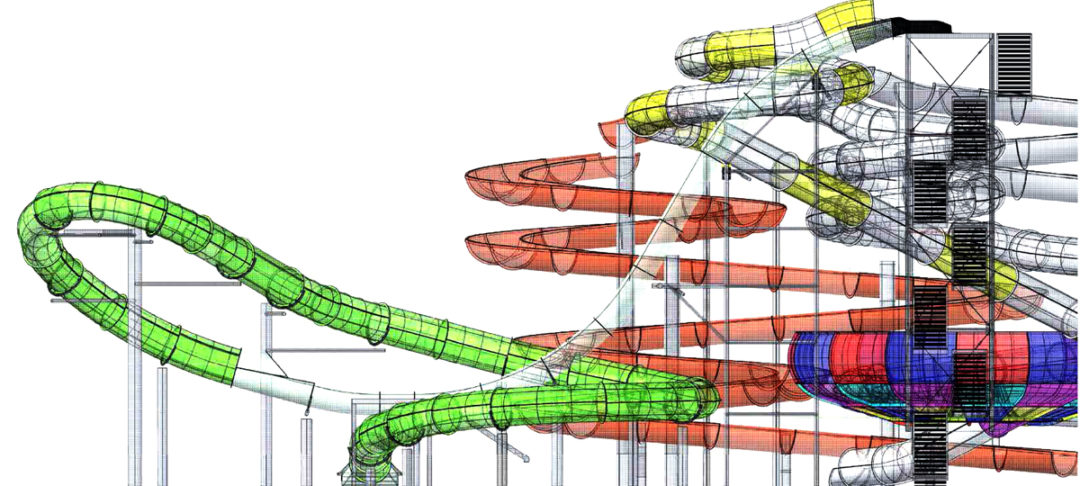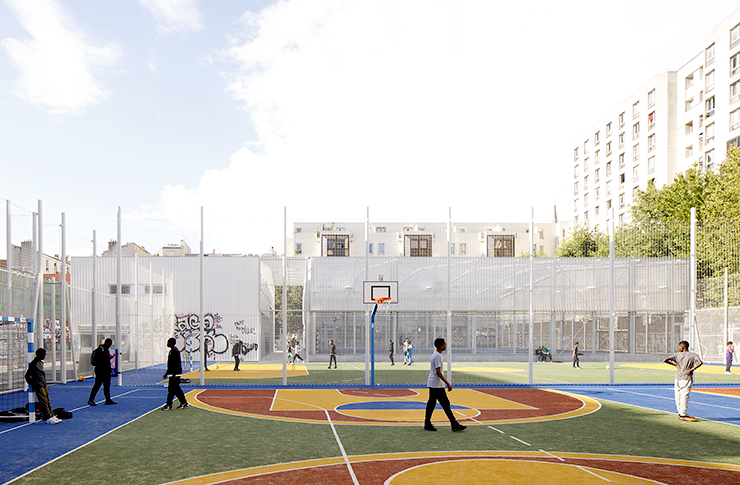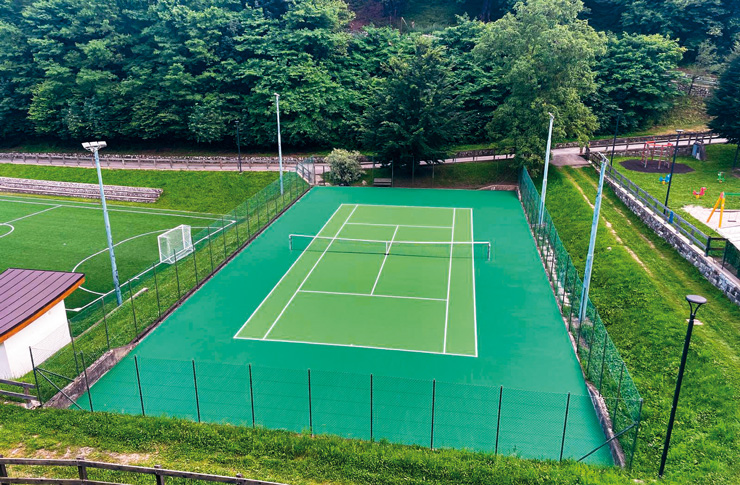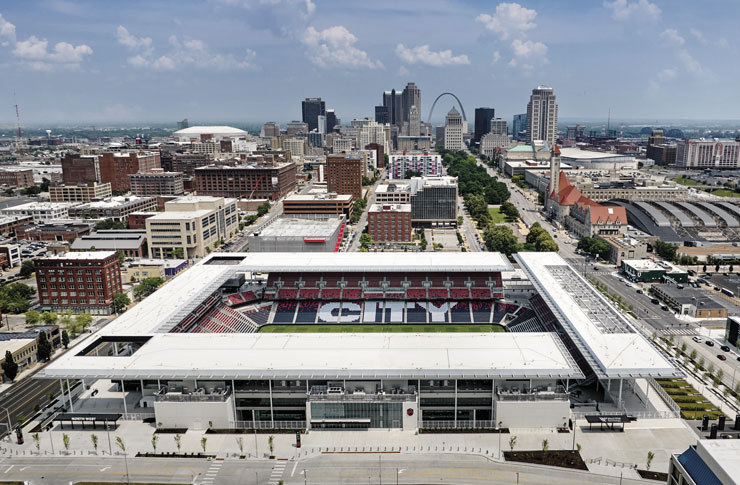Many swimming facilities in Italy are being renovated with the addition of spray parks and water features next to the competition pools: in Tsport Special Issue 338 we take a look at aquatics beyond sport.
The many transformations of the swimming pool: from swimming, to playing, to well-being
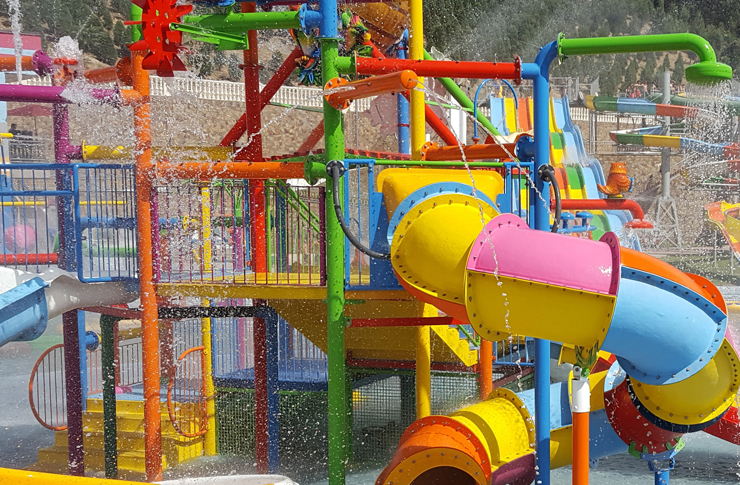
(Dushambe Park, Tajikistan, ph. Acquapark Srl).
There are approximately 6,000 facilities in Italy dedicated to swimming, half of which are open-air and half indoor. Approximately 30% are approved by FIN (Italian Swimming Federation).
These are mainly public facilities, which require costly management and are often inadequate in terms of equipment and structure for those built less recently. Therefore, there are many projects planned or launched to modernise and/or improve the energy efficiency of existing facilities.
The best way to tackle larger investments at the moment is through public-private partnerships, where the drive for renovation is supported by development programmes that broaden the horizons of sports users by involving families as users of the facilities, also in a recreational sense.
This has led to the creation of mixed facilities offering, together with the competitive pool, informal pools that are similar to the theme of the aquapark.
As can be seen in the example of the pools annexed to PalaLancia in Chivasso (see here, Italian only), the insertion of pools enriched with slides and games of various types, next to the classic pool, constitutes the greatest diversification with respect to the pre-existing state.
In this way, the fun possibilities offered by the large water parks are reproduced on a more limited scale, those that suffered most from health restrictions last summer, often not opening at all due to the foreseeable lack of guests, especially foreigners.
The Tsport 338 special report illustrates some of the innovations proposed for water parks by the main manufacturers in the sector.
On the other hand, the concept of the pool as a place of health and wellbeing starts from a completely different direction: in this case the facility is combined with a whole series of collateral services, of which the pool is only the most conspicuous part.
Wellness centres are complementary to tourist and accommodation facilities, as in the case of Portopiccolo, where we analyse the technical details of the multifunctional pool built inside the SPA (see here, Italian only).
Finally, we propose the project that is currently underway in Milan for the construction of the “Teatro delle Terme“, which will be built on the site of the disused De Montel stables, an opportunity for urban regeneration (see here, Italian only).

